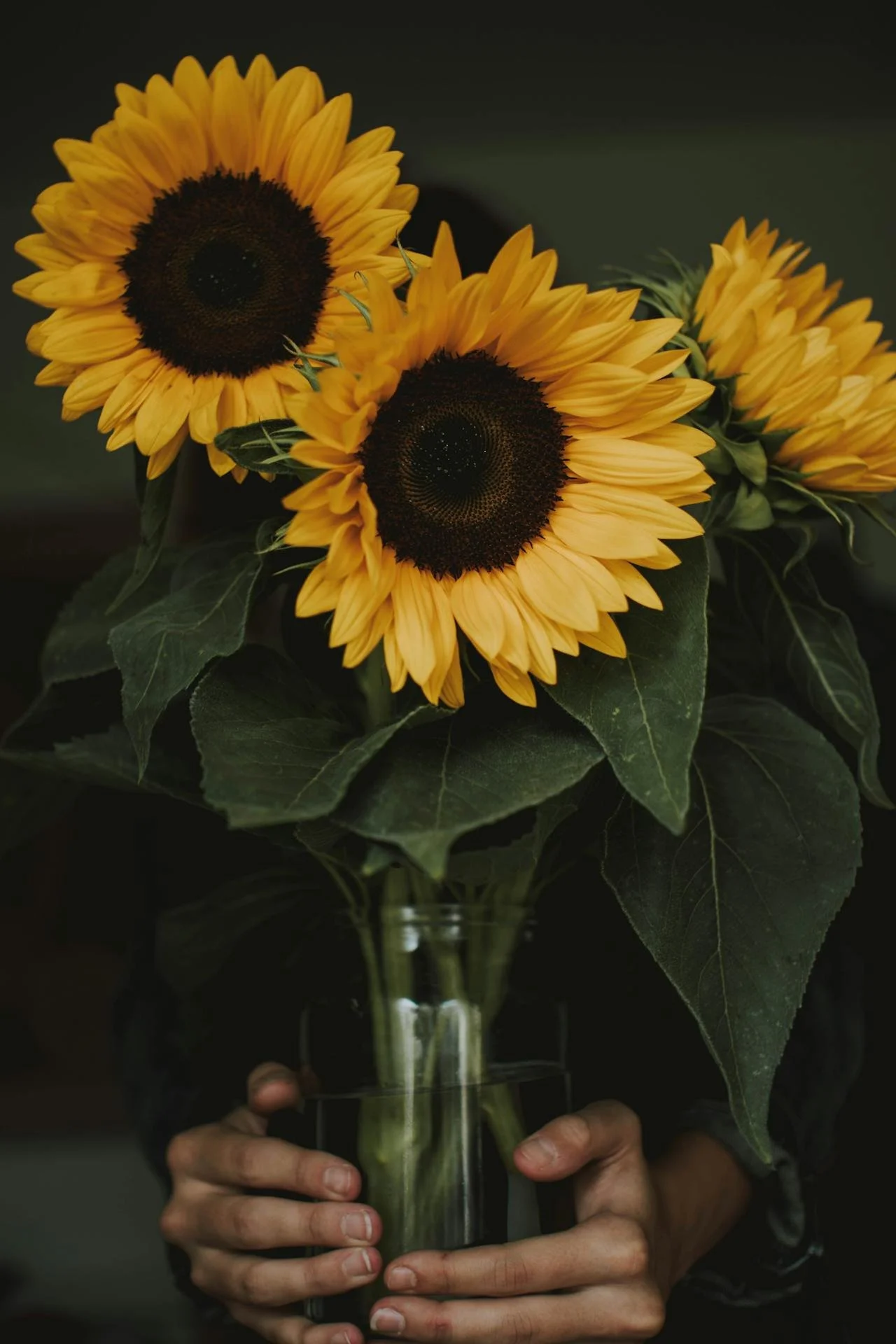A Florist’s Guide to Designing Flower Bouquets Inspired by Classical Art
Classical art has long been a source of inspiration for various forms of creative expression, including floral design. Emulating the principles and aesthetics of classical art can elevate your flower arrangements, making them more visually striking and meaningful. Here’s how to draw inspiration from classical art to create stunning flower bouquets.
1. Study Classical Artworks
Begin by exploring iconic classical artworks. Focus on pieces from the Renaissance, Baroque, or Impressionism periods, as these often feature floral elements either in the composition or as a focal point. Pay attention to:
Colour Palettes: Observe the colours used in the art. Determine if you want to replicate the vivid hues of a Van Gogh painting or the muted tones often found in classical still lifes.
Forms and Shapes: Note the shapes formed by the elements in the artwork. Consider whether you want your bouquet to reflect the flowing lines of a Rubens painting or the geometric structure of a Vermeer.
Composition: Understand how different elements are arranged within the frame. This can help you decide on the overall layout and balance of your bouquet.
2. Choose Your Flowers
Select flowers that resonate with the colours and themes observed in the artworks. For instance:
Roses and Lilies: Commonly featured in classical paintings, these flowers evoke elegance and romance.
Sunflowers: Inspired by Van Gogh, sunflowers can create a vibrant centrepiece that captures the essence of Impressionism.
Wildflowers and Foliage: These can add a natural, organic feel reminiscent of the pastoral scenes from classical landscapes.
3. Focus on Colour Schemes
Use the chosen colour palette from your selected art piece to guide your flower selection. For example:
Monochromatic Bouquets: Create a bouquet using varying shades of one colour, mirroring the monochromatic works of some artists.
Complementary Colours: Incorporate contrasting colours inspired by classical works to create a vibrant and dynamic bouquet.
4. Consider Arrangement Techniques
Classical art often emphasises balance, harmony, and proportion. When arranging your bouquet:
Symmetry vs. Asymmetry: Decide whether to create a balanced, symmetrical look akin to the classical works or a more dynamic, asymmetrical arrangement inspired by the movement found in Baroque art.
Layering: Use layering to add depth and dimension, similar to the way artists build textures in their paintings.
5. Incorporate Textures
The texture plays a vital role in both art and floral design. Create contrast by including a variety of floral and botanical textures:
Silky Petals: Use flowers with smooth petals (like peonies) to create a sense of softness.
Rugged Foliage: Incorporate leaves or berries with a more textured surface for contrast.
6. Use Artful Accessories
Consider adding elements to your bouquet that reflect the artistic inspirations:
Vases and Containers: Choose vases that echo the style of classical pottery or sculptures.
Ribbons and Fabric: Implement fabrics and ribbons that mimic the drapery seen in classical paintings, enhancing the overall presentation.
7. Final Touches
Before finalising your bouquet, step back and evaluate it in relation to the classical artwork you used for inspiration. Ask yourself:
Does it resonate with the art piece?
Are the shapes, colours, and textures harmonious?
Is there a sense of movement or balance?
Make any necessary adjustments until you achieve a bouquet that beautifully reflects your artistic inspiration.
Drawing inspiration from classical art can transform your flower bouquet designs into visually captivating and meaningful works of art. By studying artworks, selecting appropriate flowers, focusing on colour schemes, and incorporating various textures, you can create arrangements that pay homage to the timeless beauty of classical themes. Remember to embrace your creativity and let the art guide your floral journey.
